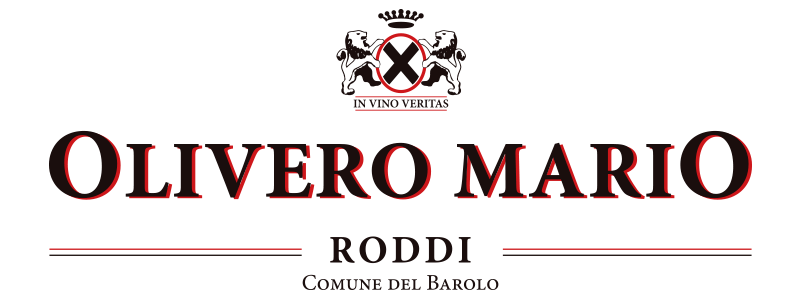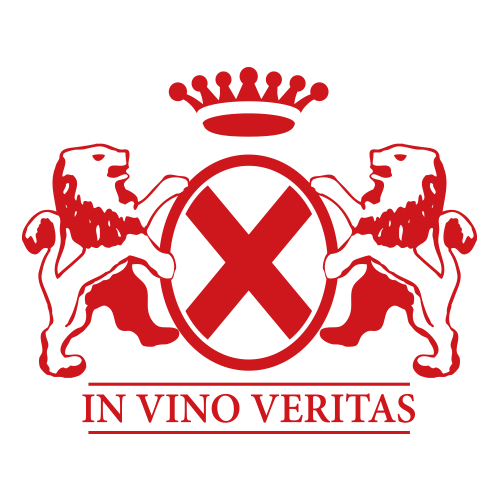
The Winery
Olivero Mario is first of all a family and then a winery. My name is Lorenzo, I was born in 1981 and I’ve been working with my father Mario since 2003, when our adventure started. Our winery is located in Roddi, the smallest among the 11 villages of the Barolo producing area. Roddi lies in the farthest northern part of the Barolo area, just at the edge of Alba, the capital of the wine and gastronomy tourism. Here you can find our winery together with some of the vineyards the grapes are picked from. The others are scattered in the neighboring villages: La Morra, Alba and Rodello, at 15km from our winery. The 6 hectares under vines make around 30000 bottles a year. My father and I produce robust wines coming from our most important native vineyards and accounting for our image on the territory. We produce Nebbiolo, Barbera, Dolcetto and Arneis under 7 different labels.
Wine Making
Vinification
I always try to best summarize all the work carried out in the vineyard. The winemaking process depends on the weather conditions: rainfalls determine when and how the grapes come to the cellar, while temperatures are responsible for the beginning of the fermentation process. I follow the alcoholic fermentations carefully by using both selected yeasts and the native ones from the vineyard and the cellar, depending on the vintage, the grapes condition and the wine I want to make. During maceration we extract polyphenols (the anthocyanins colouring the wine and the tannins providing the structure) by means of pumping over and manual pigeage. Occasionally we carry out déléstage (temporary drawing off of the fermenting must) to maximize the anthocyanins extraction. Malolactic fermentations occur naturally due to the presence of the bacteria lactic count in the wine with the exception of Arneis, for which this type of fermentation is avoided by controlling its temperature, in order to preserve its natural acidity. The wine making process takes into account the peculiarity of each single grape variety and vineyard. Despite choosing not to be equipped with expensive technology I take care of hygiene, fermentation and ageing control temperature, as well as humidity, with the utmost care.
Ageing
As for the ageing process I’ve chosen three types of material for our tanks: steel, oak and glass. All the wines carry out fermentation and part of their ageing in stainless steel vats; some of them require at least 6 months ageing in oak barrels. After bottling the wines require a further few months ageing in the bottle before release. Ageing is a slow process taking place in the dark underground cellar at a controlled temperature. We use French oak, small 225 l barriques and 500/600l tonneau. After this process wines are bottled with the utmost care to avoid stressful operations and bring out their aromas to the glass.
Vine Growing
Attention to details is ensured by our low impact natural viticulture without herbicides. Manual labour in the vineyard requires a long time but is a synonym of high quality: from pruning to harvesting we follow carefully designed procedures like green pruning, “sfemminellatura” (the cutting back of sterile canes), trellising and selection by means of cluster thinning. We use organic products for our fertilizations to restore the energies consumed in the grapes production and maturation. Plants are protected by accurately planned phytosanitary treatments to preserve the health of the environment, the vines and the grapes. That is why I’m personally in charge of the vineyards care all over the year so as not to lose sight of the challenges and satisfaction this job brings about.
Vigna Fontanassa Project
The new “Vigna Fontanassa” project started in summer 2014. We have bought and turned a wheat and alfalfa field overlooking our wine cellar into a vineyard. This field facing north-west is rich in clay, loam and limestone and has an altitude of 200m a.s.l. Our greatest ambition is the planting of 4 grape varieties: the native Nebbiolo and Arneis and two coming from other grape growing areas, the Manzoni Bianco and Merlot. This choice was made to meet new challenges. In summer 2015 we laid 500 meters of drain tubes, in spring 2016 we planned 57 raws, planted 7000 vine plants, 1470 poles and 5700 posts. We introduced 5 different clones and 5 rootstocks. We are now working hard and really hope to achieve an attainable result, but only the 2019 harvest will tell.
Education and Work experience
I started my studies in wine making in 1995 attending the “Enologica” secondary school in Alba. I went for further studies and in 2006 I graduated from Turin University with a degree in “Viticulture and Oenology”. From 2001 to 2005 I gained valuable experience by working alongside Gian Mario Cerutti and Guglielmo Grasso during the harvest season in the wine making cellar “Coppo” in Canelli, From 2006 to 2016 I worked as an associate of Gian Piero Romana, agronomist and consultant of some of the most influential wine cellars in Italy. These kinds of experience have allowed me to gain the fundamental knowledge to develop a modern,sustainable and responsible viticulture.
